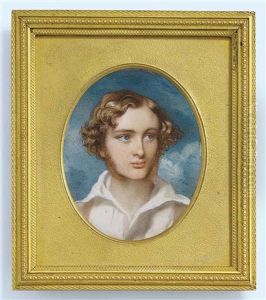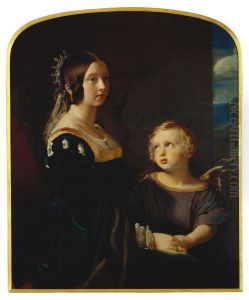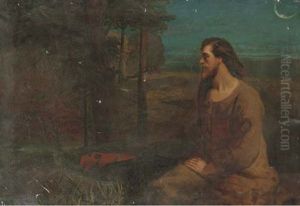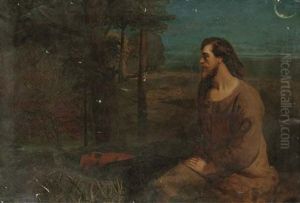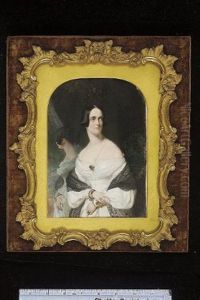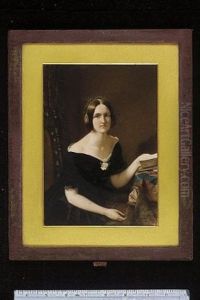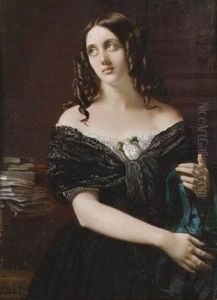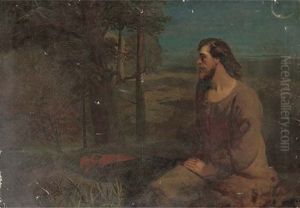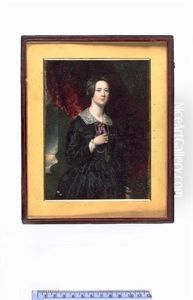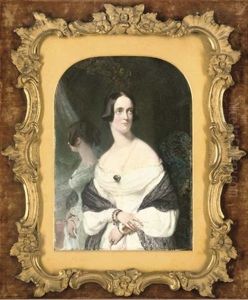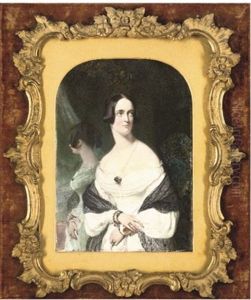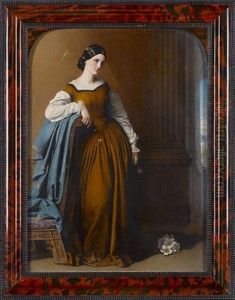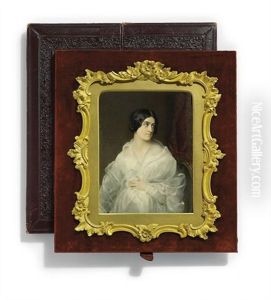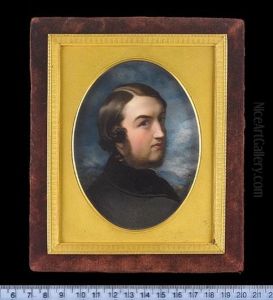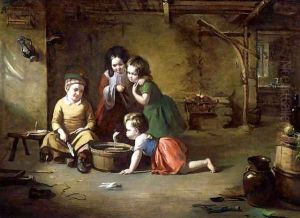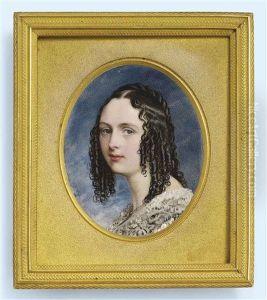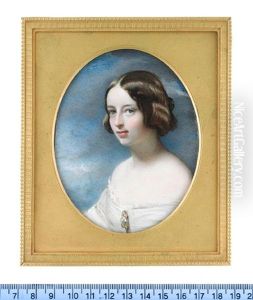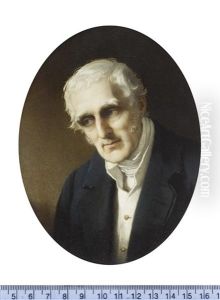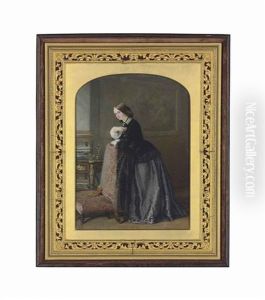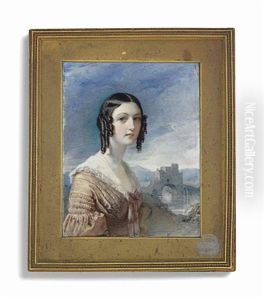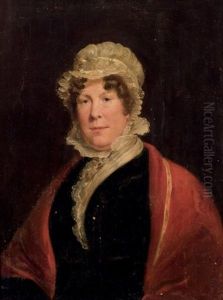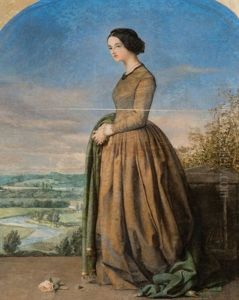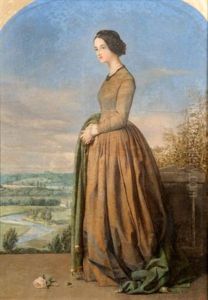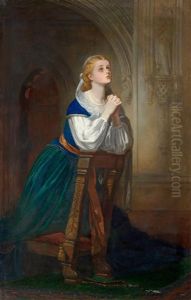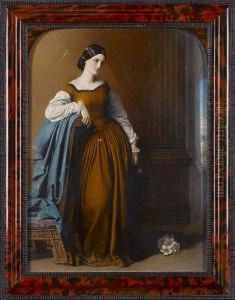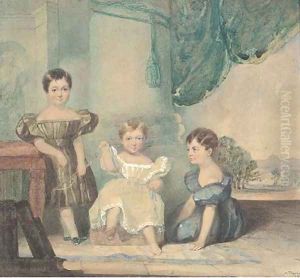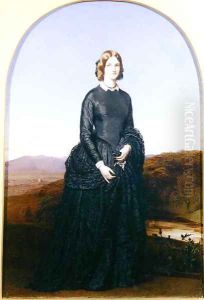Robert Thorburn Paintings
Robert Thorburn was a distinguished Scottish portrait miniaturist born in Dumfries, Scotland, in the year 1818. His artistic journey began at a young age, leading him to London where he honed his skills and established a significant presence in the British art scene of the 19th century. Thorburn's work is characterized by its intricate detail, vibrant colors, and the ability to capture the essence of his subjects, making him a sought-after portraitist among the Victorian elite.
Educated at the Trustees’ Academy in Edinburgh under Sir William Allan, Thorburn moved to London in 1836. His career took a significant turn when he was commissioned to paint Queen Victoria and Prince Albert in 1846, a testament to his growing reputation. This royal endorsement not only elevated his status but also increased the demand for his miniatures, leading to numerous commissions from the aristocracy and other high-ranking individuals of the time.
Thorburn's technique and style were influenced by the traditional miniature painting, but he also adapted to the changing tastes of the Victorian era, incorporating elements of Romanticism and the Pre-Raphaelite movement. His portraits are notable for their meticulous attention to detail, particularly in the depiction of textiles and jewelry, which added a luxurious feel to his works.
Despite the advent of photography, Thorburn's career did not wane; instead, he adapted his style, making his miniatures even more detailed and lifelike. He exhibited at the Royal Academy and other prestigious venues, securing his place in the annals of British art history. Thorburn’s legacy is preserved through his portraits, which continue to be celebrated for their beauty and historical significance. He passed away in London in 1885, leaving behind a body of work that remains a testament to his skill and artistic vision.

